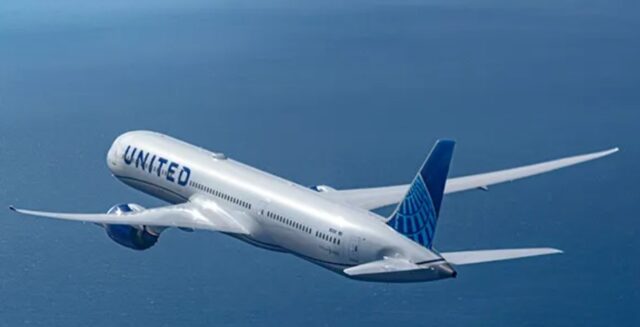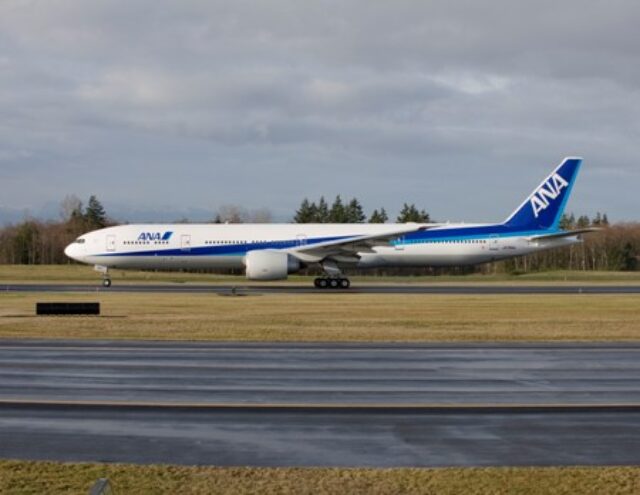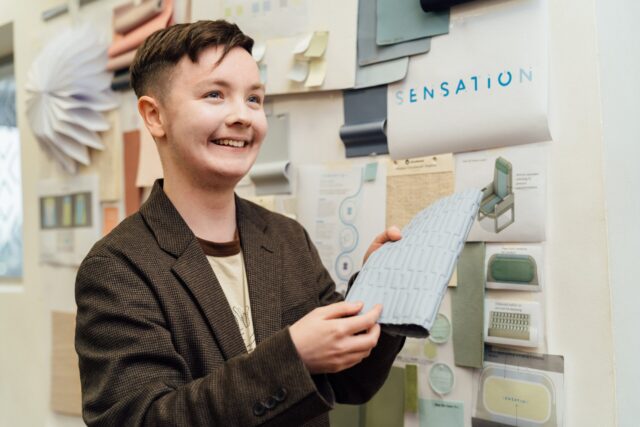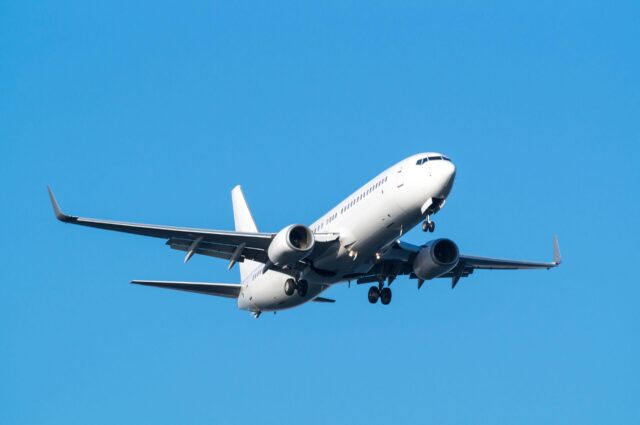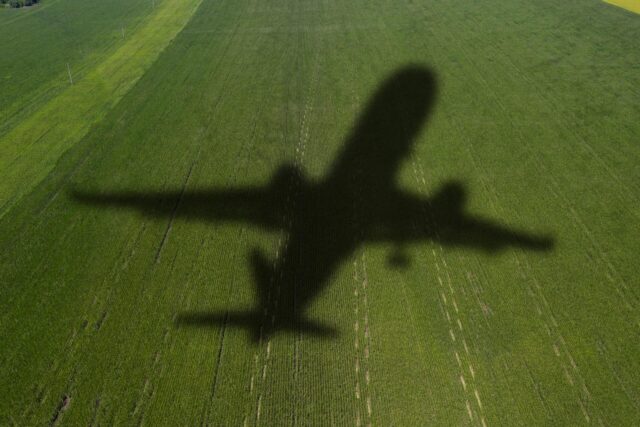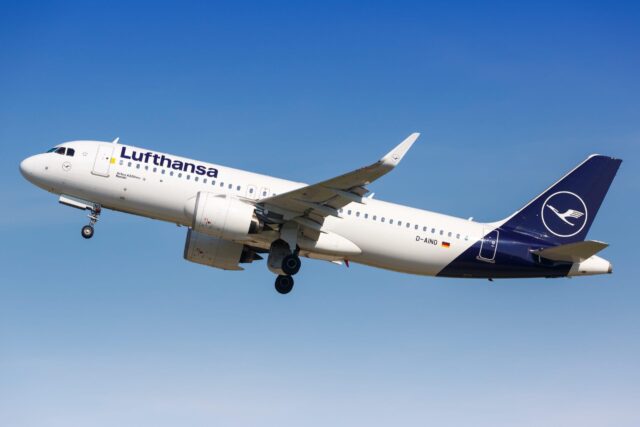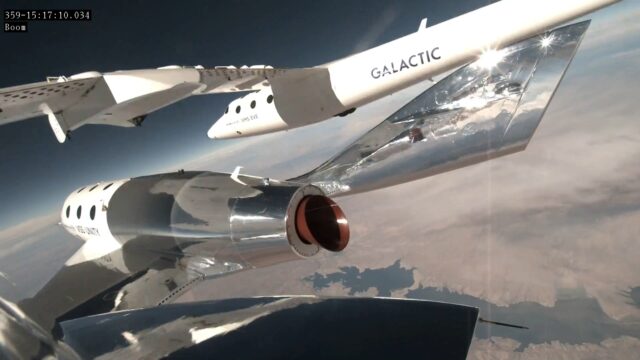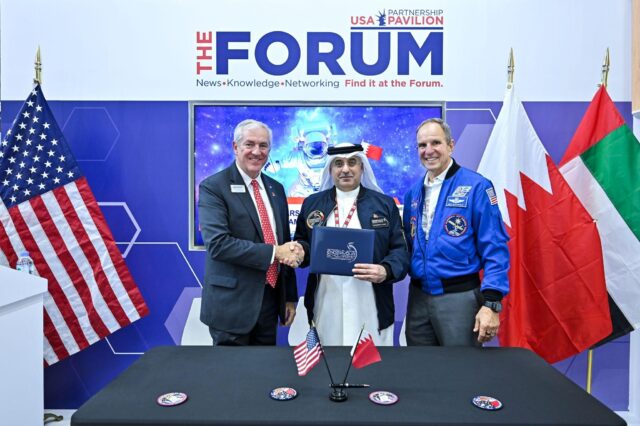Space experiments to advance cancer blood tests

The University of Notre Dame is leading a series of groundbreaking experiments onboard the International Space Station (ISS) to “revolutionise” early cancer detection.
The research, featured in the latest issue of Upward, official magazine of the ISS National Laboratory, demonstrates how bubbles formed in microgravity can significantly enhance biosensing technology by concentrating microscopic substances more effectively than on Earth.
The just-completed third experiment, which launched to the ISS on Northrop Grumman’s 21st Commercial Resupply Services mission to the orbiting laboratory, contracted by NASA, builds on the team’s earlier ISS National Lab-sponsored research.
This most recent investigation successfully introduced laser heating to refine bubble behavior, increasing the concentration of particles collected—an essential step toward detecting early cancer biomarkers and other trace elements in blood. These advancements could dramatically improve the sensitivity of biosensors, opening the door to earlier and more accurate cancer detection.
“The technology currently available to screen for early, asymptomatic cancer before a tumour is visible during imaging is very limited to just a few cancers,” says principal investigator Tengfei Luo, associate chair in the department of aerospace and mechanical engineering at the University of Notre Dame, in the Upward article.
“If cancer screening using our bubble technology in space is democratised and made inexpensive, many more cancers can be screened, and everyone can benefit. It’s something we may be able to integrate into annual exams. It sounds far-fetched, but it’s achievable.”
ISS National Lab Commercial Service Provider Space Tango worked with Luo’s team to develop specialized CubeLab hardware to automate the study of bubble formation and behavior in microgravity. The hardware includes advanced imaging systems designed to capture high-resolution data on bubble dynamics.
“We’re using the unique space environment to push the boundaries of what’s possible in biosensing,” Luo said. “Our ultimate goal is to make these powerful diagnostic tools widely accessible and affordable on Earth and to accelerate diagnostics that are only possible in space.”
